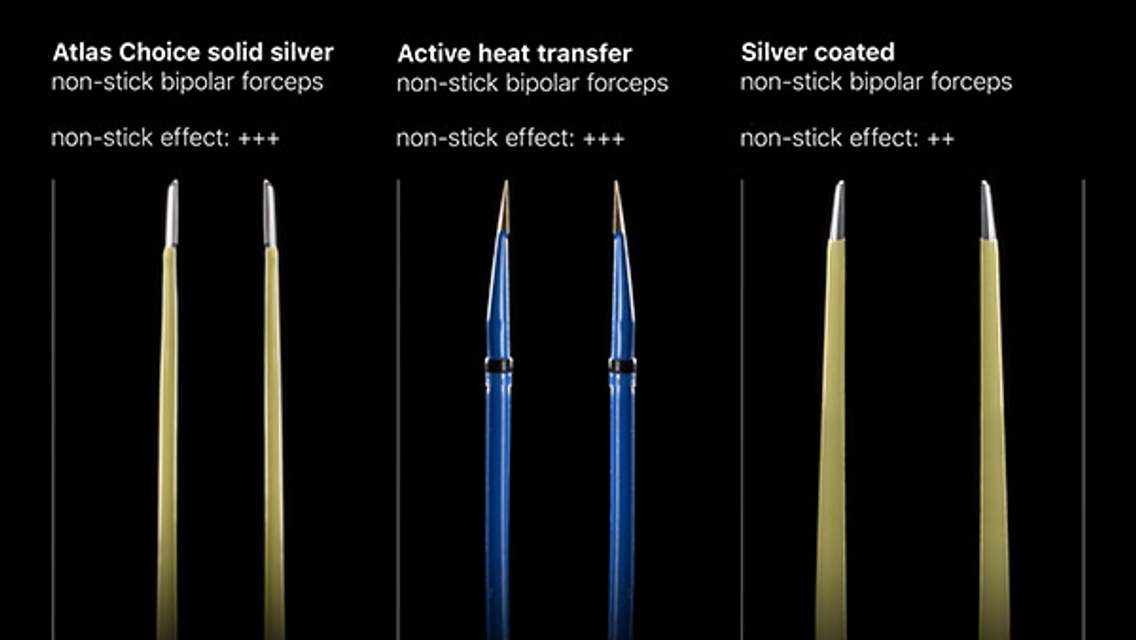Candidiasis
Figure 1: Patient with HIV with a low CD4 count who was not taking highly active antiretroviral therapy (HAART) around the time of imaging. These images demonstrate at least 2 T1-hypointense (top left), FLAIR-hyperintense (top right) lesions centered within the left parietal cortex and left basal ganglia. (Middle) Both lesions demonstrate punctate, central restricted diffusion. The lesion in the left parietal cortex has a rim of thick enhancement (bottom left), and there is minimal associated susceptibility artifact (bottom right), likely reflecting microhemorrhage.
Description
- Most commonly caused by Candida albicans, although Candida glabrata and Candida parapsilosis are also common
- CNS infection almost always caused by hematogenous spread with disseminated systemic infection
Pathology
- Small, round-to-oval, thin-walled, yeast-like fungi that reproduce by budding or fusion
- Pseudohyphae predominate, but true hyphae are also seen occasionally
Clinical Features
- Symptoms
- Variable but generally include insidious-onset lethargy and altered mental status
- Age and gender
- No predilection
- Prognosis
- Mortality rate is high
- Risk factors
- Treatment for bacterial sepsis, intravenous hyperalimentation, HIV with low CD4, immunosuppression, hematologic malignancy, and premature birth
Imaging
- General
- Most common findings are numerous microabscesses (<3 mm) occurring at the corticomedullary junction, basal ganglia, or cerebellum
- Often demonstrate enhancement and less often demonstrate hemorrhage or infarction
- Meningitis is a less common presentation
- Modality specific
- CT
- Usually normal
- MRI
- T1WI
- Hypointense
- T2WI
- Hyperintense, isointense, or hypointense
- DWI
- Variable
- SWI
- Hypointensity seen in the setting of hemorrhage
- Enhancement
- Small ring-enhancing lesions
- T1WI
- CT
- Imaging Recommendations
- Standard protocol MRI (including DWI) with intravenous contrast
- Mimic
- The most common presentation of numerous microabscesses is most difficult to distinguish from metastatic disease and other fungal processes. Clinical history with appropriate risk factors often provide the most help when narrowing the differential.
For more information, please see the corresponding chapter in Radiopaedia.
Contributor: Sean Dodson, MD
References
Lai PH, Lin SM, Pan HB, et al. Disseminated miliary cerebral candidiasis. AJNR Am J Neuroradiol 1997;18:1303–1306.
Lin DJ, Sacks A, Shen J, et al. Neurocandidiasis: a case report and consideration of the causes of restricted diffusion. J Raiol Case Rep 2013;7:1–5. doi.org/10.3941/jrcr.v7i5.1319
Rabelo NN, Filho LJS, da Silva BNB, et al. Differential diagnosis between neoplastic and non-neoplastic brain lesions in radiology. Arq Bras Neurocir 2016;35;45–61. doi.org/10.1055/s-0035-1570362
Shih RY, Koeller KK. Bacterial, fungal, and parasitic infections of the central nervous system: radiologic-pathologic correlation and historical perspectives: from the radiologic pathology archives. Radiographics 2015;35:1141–1169. doi.org/10.1148/rg.2015140317
Starkey J, Moritani T, Kirby P. MRI of CNS fungal infections: review of aspergillosis to histoplasmosis and everything in between. Clin Neuroradiol 2014;24:217–230. doi.org/10.1007/s00062-014-0305-7
Please login to post a comment.













